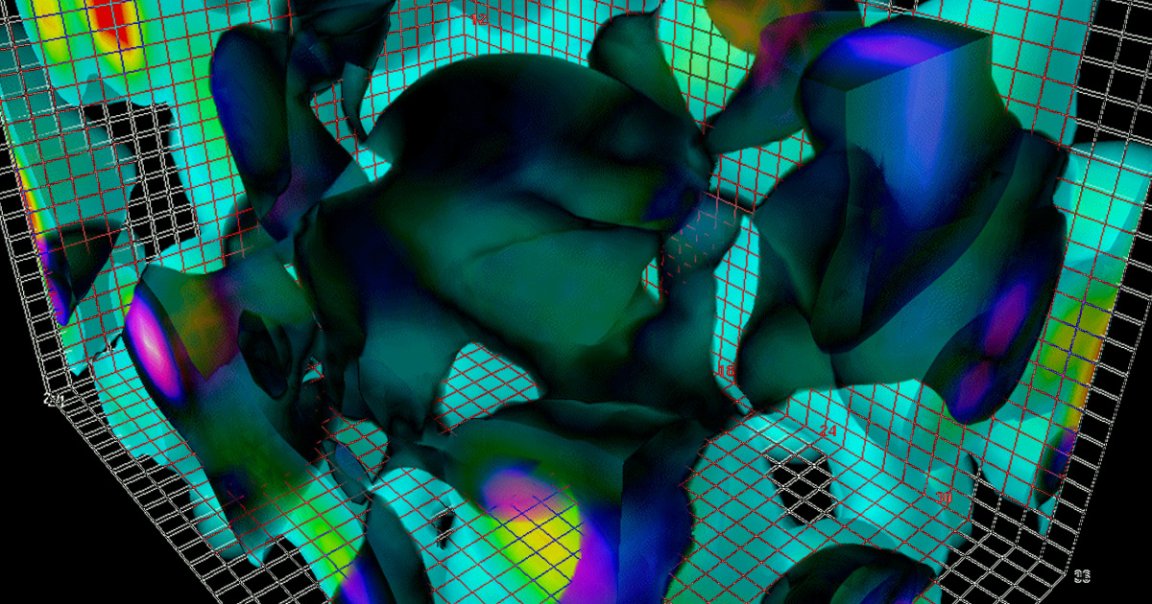
An international team of researchers has created what’s called a “strange metal” — and they say it could help harness the potential of the quantum world in a practical way.
Specifically, the metal provides evidence for the quantum entanglement nature of quantum criticality. But that’s a lot to unpack, so let’s start with something most of us probably learned about in elementary school: phase transitions.
We see evidence of classical phase transitions all the time — the ice in our drinks melts into a liquid at a certain temperature, for example, while the water we boil evaporates into a gas at another.
Simple enough.
Well, materials in the quantum world also undergo phase transitions under the right conditions, and when a quantum material is capable of transitioning from one phase to another, it’s called a state of “quantum criticality” — which brings us back to this new study, published this week in the journal Science.
The researchers used the elements ytterbium, rhodium, and silicon to create a “strange metal,” a type of metal in which the electrons act as a unit rather than independently like they would in a regular metal, such as copper or gold.
When at the lowest temperature theoretically possible — absolute zero, or -273.15 degrees Celsius (-459.67 degrees Fahrenheit) — the team’s strange metal undergoes a transition from a quantum phase, in which it forms a magnetic order, to another phase in which is doesn’t.
While conducting experiments on ultrapure films made from the metal, the team noticed quantum entanglement among billions of billions of electrons in it.
So, why is this observation important? It could help in our efforts to create quantum technologies.
“Quantum entanglement is the basis for storage and processing of quantum information,” researcher Qimiao Si of Rice University said in a press release. “At the same time, quantum criticality is believed to drive high-temperature superconductivity. So our findings suggest that the same underlying physics — quantum criticality — can lead to a platform for both quantum information and high-temperature superconductivity.”
“When one contemplates that possibility,” he added, “one cannot help but marvel at the wonder of nature.”
READ MORE: Study finds billions of quantum entangled electrons in ‘strange metal’ [Rice University]
More on quantum entanglement: Scientists Capture First-Ever Image of Quantum Entanglement